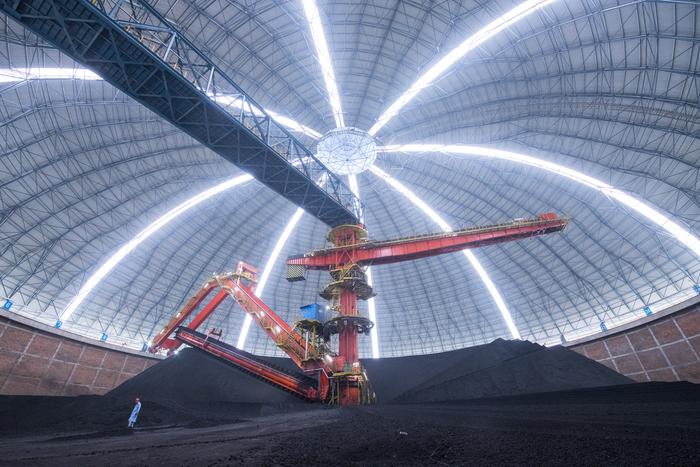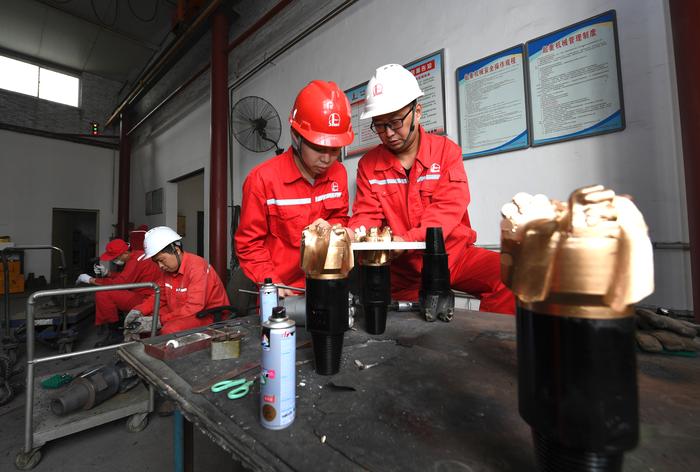|
| 2019-09-23 来源: 中国石化新闻网 |
| 石化新闻 |
|
中国石化新闻网讯 据世界油气网报道,美国联邦能源管理委员会(FERC)已经批准了Eagle 液化天然气(LNG)合作伙伴的请求,即在佛罗里达州杰克逊维尔的圣约翰河的拟议项目进行选址、建造和运营。 具体来说,Eagle LNG计划建造并运营三条液化生产线,每条生产线可液化约4400万立方英尺/日的国内生产的天然气,即项目总产能约为1.32亿立方英尺/日(每年33万吨)。 每条生产线将包括天然气预处理设施,以过滤进料气体。该项目还将包括一个4.5万立方米的LNG储油罐、四个进口气体压缩机、一个蒸发气体压缩系统、一个海上LNG装卸设施、一个容量不超过4.5万立方米的中小型LNG运输船和加油驳船的码头、一个LNG和重烃卡车装卸设施以及附属的辅助和支持设施。 Eagle LNG表示,该项目将从Peoples Gas系统接收天然气,进行液化,然后将LNG进行储存以及转移到LNG运输船,出口到国外市场。 Eagle LNG称,该项目设计规模较小,以支持通过中小型LNG运输船(大型LNG运输船无法提供服务)出口LNG的市场,如受限的加勒比港口。 文件中写道,在该项目的产能达到满负荷运行时,Eagle LNG估计,每年将有约40至100艘LNG运输船穿越圣约翰河。 该项目生产的LNG也打算用于杰克逊维尔项目附近港口的国内海上LNG加油贸易,或用于佛罗里达和其他东南部各州的LNG车辆加油站。 Eagle LNG得到了美国能源部的授权,每年以LNG的形式向与美国有自由贸易协定的国家出口相当于每年498亿立方英尺的天然气(即每天1.4亿立方英尺)。 此外,Eagle LNG目前正在等待一项向非自由贸易协定国家出口LNG的申请。 詹晓晶 摘自 世界油气网 原文如下: FERC approves Eagle LNG's Jacksonville project The United States Federal Energy Regulatory Commission has granted Eagle LNG Partners’ request to site, construct, and operate the proposed project located on the St. Johns River in Jacksonville, Florida. Specifically, Eagle LNG proposes to construct and operate three liquefaction trains, each capable of liquefying approximately 44 million standard cubic feet (MMcf) per day of domestically produced natural gas or a total project capacity of approximately 132 MMcf per day (0.33 million tonnes per annum). Each train will include natural gas pretreatment facilities to filter the feed gas. The project will also include a 45,000-cbm LNG storage tank, four inlet gas compressors, a boil-off gas compression system, a marine LNG load-out facility and a dock for small and medium-sized LNG carriers with capacities up to 45,000-cbm and bunkering barges, an LNG and heavy hydrocarbon truck load-out facility, and appurtenant auxiliary and support facilities. Eagle LNG states that the project will receive natural gas from Peoples Gas System (Peoples Gas), liquefy it, and store and transfer the LNG into LNG carriers for export to foreign markets. Eagle LNG states that it designed the project to be small in scale to support the export of LNG via small- to mid-sized LNG carriers to markets that cannot be served by large LNG carriers, such as constrained Caribbean ports. When the project is operating at full production capacity, Eagle LNG estimates that approximately 40 to 100 LNG carriers per year will traverse the St. Johns River, the filing reads. The LNG to be produced by the project is also intended for use in the domestic marine LNG bunkering trade at ports near the Jacksonville project or for LNG vehicular fueling stations in Florida and other southeastern states. Eagle LNG received authorization from the U.S. Department of Energy, Office of Fossil Energy (DOE/FE) to export annually up to the equivalent of 49.8 billion cubic feet (Bcf) per year (0.14 Bcf per day) of natural gas in the form of LNG to countries with which the United States has a Free Trade Agreement (FTA). In addition, Eagle LNG currently has pending before the DOE/FE an application to export LNG to non-FTA countries.
|








